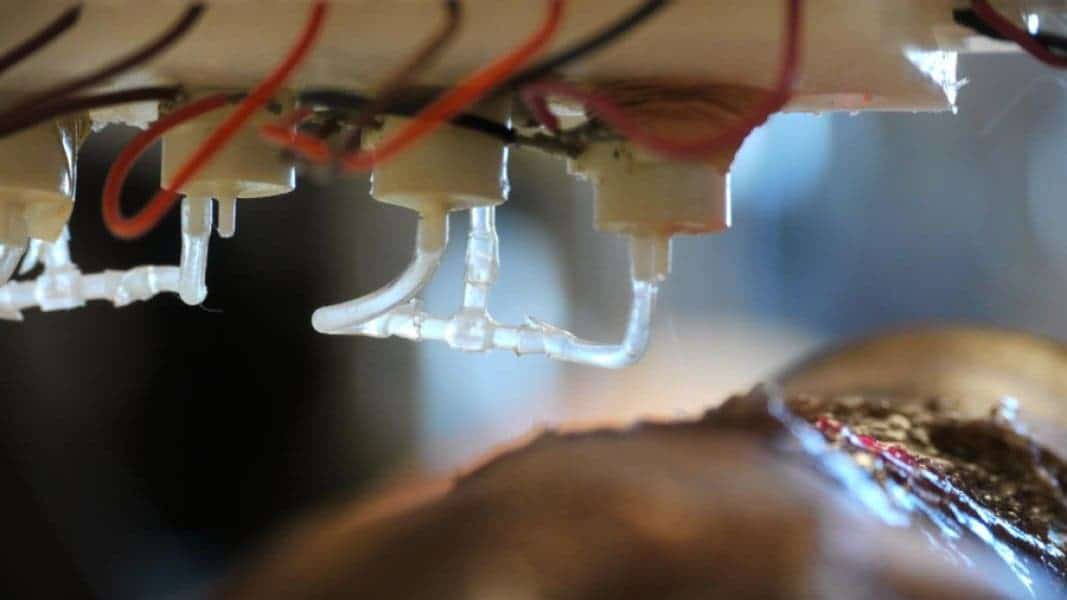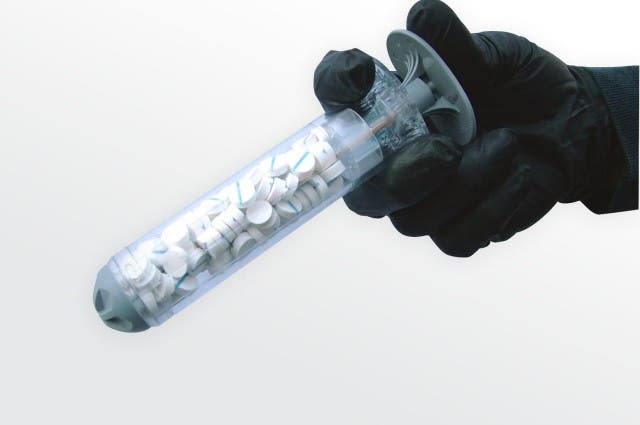
When your skin is intact, it’s easy to forget how miraculous it is. But lose a large portion of it in a fire or accident, and survival depends on whether doctors can patch it back together. For decades, surgeons have relied on thin grafts of a patient’s own skin. These grafts save lives but come at a cost: painful donor wounds and scars.
Now, researchers in Sweden say they may have found a way to sidestep those limits. They’ve created what they call “skin in a syringe,” a living gel filled with human cells that can be squeezed or even 3D-printed directly into place. The body then grows new, complete skin from these cells.
From Gelatin Beads to Living Skin

At the heart of the discovery is a deceptively simple trick. Scientists at Linköping University and the Center for Disaster Medicine and Traumatology grew skin fibroblasts — the connective tissue cells that normally knit dermis together — on tiny, porous gelatin beads. These beads mimic the collagen scaffolding inside skin.
But beads alone won’t stay put on a wound. So, the team suspended them in a gooey mixture of hyaluronic acid, a molecule our own bodies use to keep skin hydrated. Click chemistry then locks everything together into a stable material.

“The gel has a special feature that means that it becomes liquid when exposed to light pressure. You can use a syringe to apply it to a wound, for example, and once applied it becomes gel-like again. This also makes it possible to 3D print the gel with the cells in it,” said Daniel Aili, professor of molecular physics at Linköping University.
The result is a material that can be injected into a wound or layered by a printer to form a skin graft. In experiments on mice, the implants sprouted blood vessels, integrated with surrounding tissue, and began producing the collagen-rich matrix needed for real dermis.
“We see that the cells survive and it’s clear that they produce different substances that are needed to create new dermis,” said Johan Junker, the plastic surgeon who co-led the study.
Tackling the Blood Vessel Problem

A major bottleneck in tissue engineering has always been circulation. Without blood vessels, transplanted tissues starve in their centers. That’s why lab-grown organs often stall at pea-sized organoids.
The Swedish team is trying to tackle that, too. In a companion study, they describe weaving “threads” out of hydrogel that is 98 percent water. These threads can be tied into knots or coaxed into tiny tubes, through which fluids can flow. “We also show that they can be formed into mini-tubes, which we can pump fluid through or have blood vessel cells grow in,” said Aili. The vision is to combine these perfusable channels with cell-laden gels, creating a foundation for living blood vessels inside transplants.
What It Means for Patients
Burn wounds remain a global crisis. The World Health Organization estimates 11 million people need hospital care for burns every year, and 180,000 die. But current grafts often mean a lifetime of scars and surgeries. Chronic wounds from diabetes and other conditions add billions more to the burden of care.
The Swedish team’s approach offers a potential path to scar-free healing. By seeding a patient’s own cells onto gelatin beads, expanding them in a bioreactor, and printing them into place, doctors might one day repair skin without creating new donor wounds. Early experiments suggest the constructs not only survive but also encourage the body to finish the job, building dermis from the inside out.
Of course, this is still experimental. The studies were conducted in mice, not people. Clinical trials are years away, and scaling the process for human burns will be difficult. But the principle — that skin could be grown and delivered like wetware — marks a leap beyond today’s grafts.
And the applications don’t stop at burns. Engineers could use the same gels and filaments to build vascularized tissues for organ repair, lab-grown “mini-organs” for drug testing, or even programmable scaffolds that shift shape inside the body.
As Junker put it, “The dermis is so complicated that we can’t grow it in a lab. We don’t even know what all its components are. That’s why we, and many others, think that we could possibly transplant the building blocks and then let the body make the dermis itself.”
The findings appeared in Advanced Healthcare Materials.





